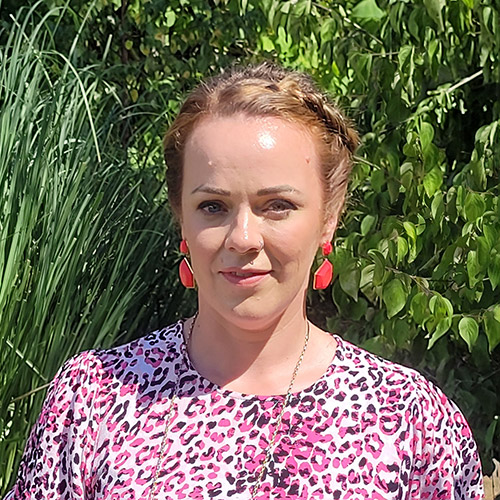Phobias
Phobias are labelled as irrationality and avoidance in individuals. Most people who suffer from a phobia know that it is not based on reality, but they can’t stop themselves. Phobias can cause difficulties for the individual experiencing them by having a negative impact on their daily life and can become very serious.
What are Phobias?
People can suffer from phobias for many different things, for many different reasons. Childhood trauma for example can cause a person to develop a phobia related to that particular traumatic event later on in life. Other phobias are seemingly unexplained, with the patient not knowing where the issue stems from or why. Therapy can help to examine the cause of the phobia, as well as help the patient overcome it so that they can live a happier and more comfortable life. Although there are many kinds of phobias, some of the various types, known as situational phobias, encompass a wide variety of specific phobias and conditions such as flying, driving, going through tunnels, elevators, as well as things like environmental phobias such as heights and bodies of water, to name a few.

CBT For different types of phobias
Driving phobia is distinguished by the intense, often debilitating, fear it generates. Before driving or en-route there may be a build-up of dread and anxiety. Symptoms usually stop once the driver is out of the situation but can have a longer-term impact, leading to poor sleep or a loss of appetite.
A fear or phobia of flying is a very common phobia to experience. Many people do not like the thought of flying and this phobia shares similar characteristics to driving phobias. People suffering from this phobia generally tend to not like the fact that they are not in control of their safety, combined with being enclosed in an aircraft without the ability to remove themselves, as well as various noises, vibrations and potential uncomfortable movement due to turbulence, are the general causes of this particular phobia.
Natural phobias are also a very common thing with many people experiencing them in one form or another. These phobias include fear of water, ocean, lakes etc, as well as things like a fear of heights and fear of the dark. They can also span into phobias relating to weather such as thunderstorms, lightning, hailstorms etc.
Medical phobias include fears of things such as developing illnesses, a fear of blood loss or the sight of blood and even germs, as well as fears of medical examinations and medical environments such as hospitals.
Many people have phobia of an animal of some kind. This can be due to many reasons, from actual real-life experiences with these animals, to fabricated things about them such as stories or movies etc. Common animal phobias include fear of animals such as snakes, sharks, crocodiles, lions etc.
Meta, known as Metathesiophobia is a fear of change. This can be a change in anything from jobs, schools and other life circumstances. Many people have anxieties related to change, however a genuine phobia can manifest for many reasons such as a dramatic and traumatic change in one’s life leading them to develop a fear of change in the future.
signs of phobias and symptoms
- Uncontrollable and excessive anxiety
- Severe panic attacks
- Feelings of intense fear and panic
- Nausea
- Lightheaded and dizziness
- Shortness of breath
- Anticipatory anxiety
Treatment for Phobias
All clinicians at Oxford CBT practice Cognitive Behavioural Therapy, or are Psychologists, providing evidence-based interventions and support for Phobias and a range of other conditions for both young people and adults. If you would like more information, please visit our FAQ’s page or if you have a question that is not listed please get in touch via our online contact form or call us on 01865 920077.
NICE guidelines recommend treatment of 8-12 sessions. For Agoraphobia, a course of CBT usually consists of 12 to 15 weekly sessions.
Clinicians who specialize in treating Phobias
Take a self-assessment Screening
Complete screening questionnaire and we will connect you with a therapist according to your needs and requirement criteria.

















